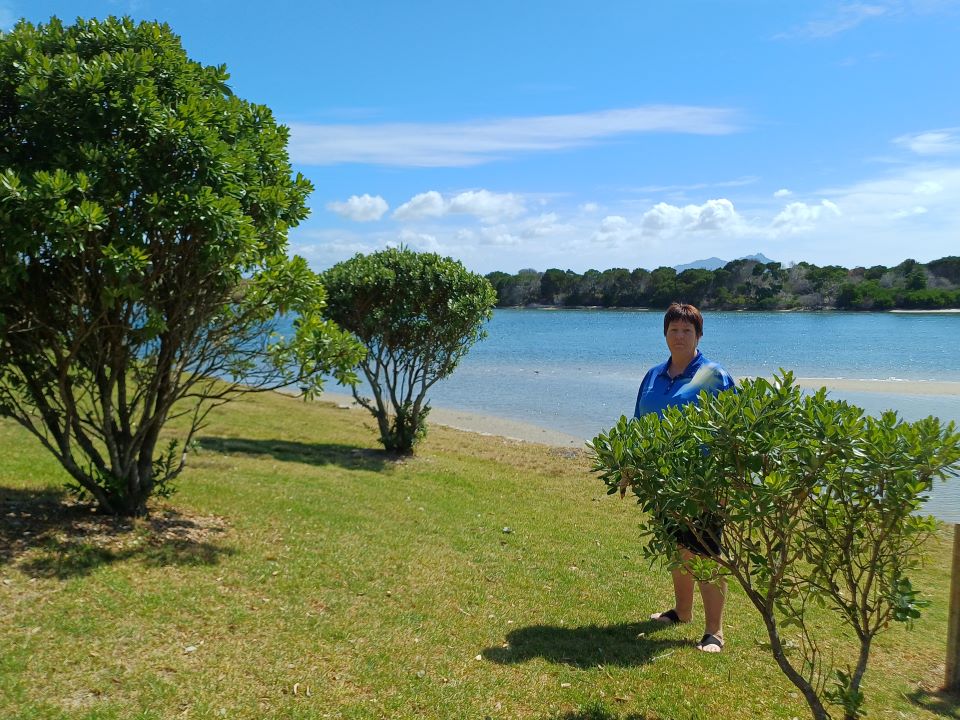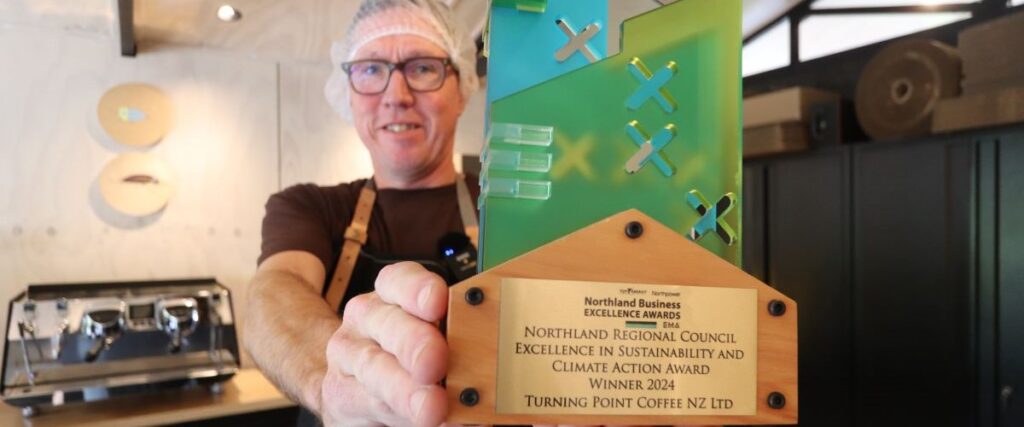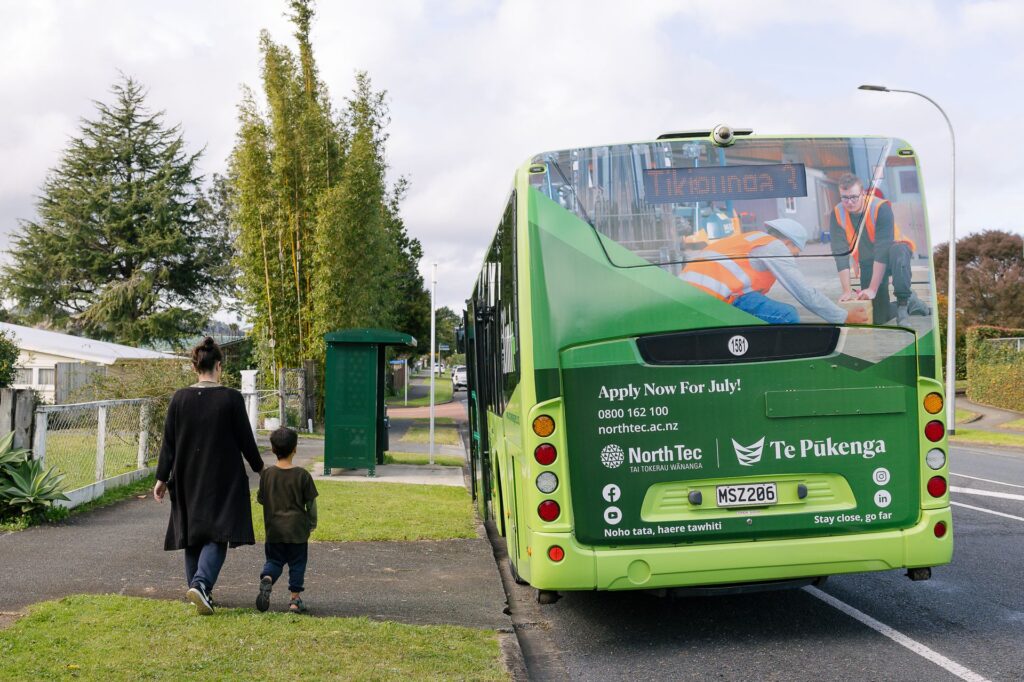Build a circular economy
By building a circular economy we save money and the planet by reducing, reusing and recycling, resulting in less waste and pollution sent to landfills.
What is a circular economy?
A circular economy keeps materials and products in circulation for as long as possible. It reduces material use, redesigns products to be less resource-intensive, and recaptures ‘waste’ as a resource for new materials and products. The focus is on sustainability, resource efficiency, and waste elimination. It can also save you money in the long run.
By contrast our current economy is much more linear going from extraction of resources to manufacture and consumption and then to waste (Take > Make > Waste).
Every year, 12,000 tonnes of waste goes into landfills in Aotearoa. Waste is one of the biggest contributors to greenhouse gasses.
Stories of change

Build a Circular Economy
Sustainability in the sunshine at Ruakākā Beach Holiday Park
Ruakākā Beach Holiday Park's sustainability and conservation programme includes initiatives to save power and water, use eco-friendly products, reduce waste, protect native bird life, and plant natives.

Build a Circular Economy
My journey of imperfect environmentalism – by Alyssa Olsen
When Alyssa Olsen began making changes to live more sustainably, she never imagined it would turn into a decade-long commitment. Here’s a look back at her transformation to a more eco-friendly lifestyle.

Build a Circular Economy
Whangārei-based coffee producer wins award for sustainability and climate action
Using a range of sustainability initiatives from innovative packaging and energy-efficient solutions to on-site solar electricity generation.
In nature, nothing is wasted — why should our economy be any different?
Take action
Start by reducing your own waste. Repair broken items instead of throwing them away. Borrow or rent items instead of buying them. Choose products with minimal packaging and support businesses that prioritise sustainability

Individual

Community
